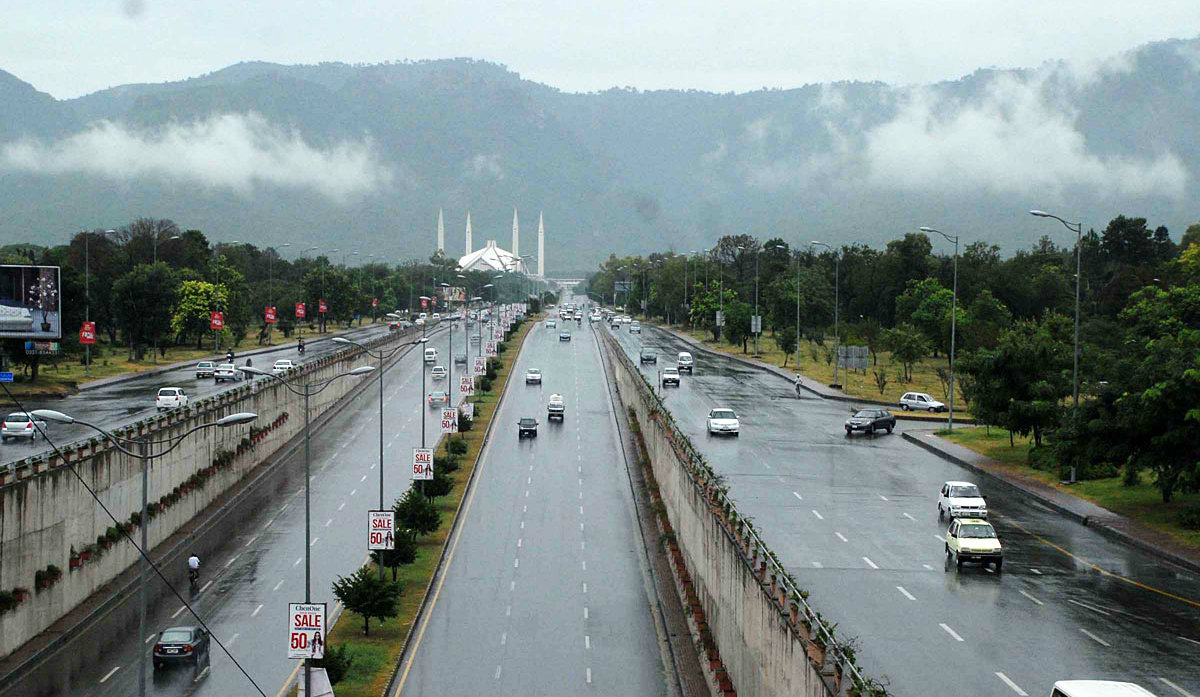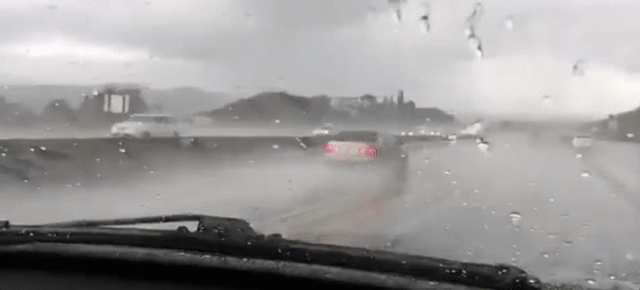Hydroplaning: A Hidden Threat in Rainy Season
Hydroplaning in Rainy Season:
Rain is always a blessing especially if it downpours in hot summer day. It brings smiles and happiness. Pakistan being in a tropical region is hit by monsoon weather every year. We are again about to experience the rainy season and in most of currently it’s already pouring hard. On one hand, if rain brings relief, it also brings dangerous conditions for commuters. One hidden danger is “Hydroplaning”. The term is also known as “Aquaplaning”.
What is Hydroplaning?
All of us who have driven might have experienced this phenomenon when we drive in rain. The effect is same as water-skiing. When a tire rotates on the surface of the water, it pushes the water outward and the patch of the tire makes a contact with the surface of the road. The treads in the tire channels out the water.
When the rotational speed of the tire increase, enough water cannot be pushed out, this results in the tire start riding on the thin layer of water surface. When this happens, the vehicle can lose control and traction and slip occurs. Most of the time the slip is for a very small amount of time but a crash can occur due to this momentary loss of control.
What Could Happen?
When you are hydroplaning, you have no control of the car’s direction. The tire can steer left or right, but as it is not in contact with the road, it has no effect on the direction of the car. If you hit your brakes while hydroplaning, it can increase the hydroplaning. This seems impossible for a such a heavy car to slide on few inches of water but the reality is that this happens and caused many fatalities. The chances of a vehicle to hydroplane increase by a huge percentage when the speed goes over 80km/hr.
Hydroplaning can occur on any wet road surface, however, the first 10 minutes of even a light rain can be the most dangerous. Overtime grease / oil and grime starts accumulating on the surface of the road. So even a slight amount of rain can accumulate on the surface and it will not seep into the pavement surface and can create a perfect condition for a vehicle to slip.
Recommendations:
Below are few recommendations for driving in wet weather;
- There is only a tire between your vehicle and the road surface. The tires should always be in perfect condition. The tires of your vehicle should be perfectly inflated and must have an acceptable depth of tread.
- You must align, balance and rotate tires every 10,000 kilometers. This will keep your tire tread with even wear and will provide perfect traction. Replace tires if its starts wearing out.
- All your vehicle exterior lighting and wipers must be in good working conditions. It’s always recommended that you switch on your headlights when it’s raining.
- Speed plays an important role. You must reduce your speed lower than the posted speed limit. Speed has a direct relationship with the establishment of hydroplaning.
- The normal braking distance of your vehicle is also effected. If you increase your speed from 50kmph to say 100kmph, the braking distance increase 4 times.
- Although Vehicle Stability Control and Anti-lock braking system can reduce the slip and skid if your vehicle is equipped with it but these systems still are not 100% and a vehicle can still hydroplane. So, one should not rely completely on these systems.
- If you feel slip /hydroplane, don’t panic and keep your hands on your steering wheels. Avoid abrupt accelerating and braking. Slowly take your foot off the accelerator paddle.
Additional Recommendations:
- DO NOT step on the brakes. Apply abrupt braking will result in increased hydroplaning. Avoid hard braking.
- Avoid extreme maneuvers, sharp turns.
- Never use cruise control in rainy conditions.
- Avoid driving in the extreme lanes (left or right) in multi-lane road/highway motorway. As rain water will puddle in these lanes. Stay alerted and look for water accumulation on the roadway. Reduce your speed further when you approach areas where the depth of water seems to be more.
- Use defogger and deactivate the FRESH on your car climate control so that you have a clear view ahead and no foggy screen.
- Try driving on the tracks made by vehicles ahead of you. This is beneficial because the volume of water in the tire marks made by preceding vehicle is less and your vehicle will have improved traction.
- Don’t follow other vehicles very close especially trucks and buses. Stay behind so that you have a better view ahead. Driving close to the vehicle in front will reduce your visibility and it is dangerous as well. Chain reaction accidents can happen if you tailgate a vehicle, that’s is driving too close to it.
- Be courteous to pedestrians and other drivers on the road by not passing through water puddles in speed which can create a splash.
- Avoid passing through flowing water across the roadway/causeways.
- Avoid unnecessary travel if possible.
Most of the accident happens when people drive fast or careless. Inappropriate speed for a prevailing weather condition can result in costly damages or even can result in fatalities. It’s better to be late than never. Drive Safe and Stay Alert.
Did you ever experience Hydroplaning? Share in comments or Discuss on Pakwheels Forum > Driving in Rain with a Hidden Danger



